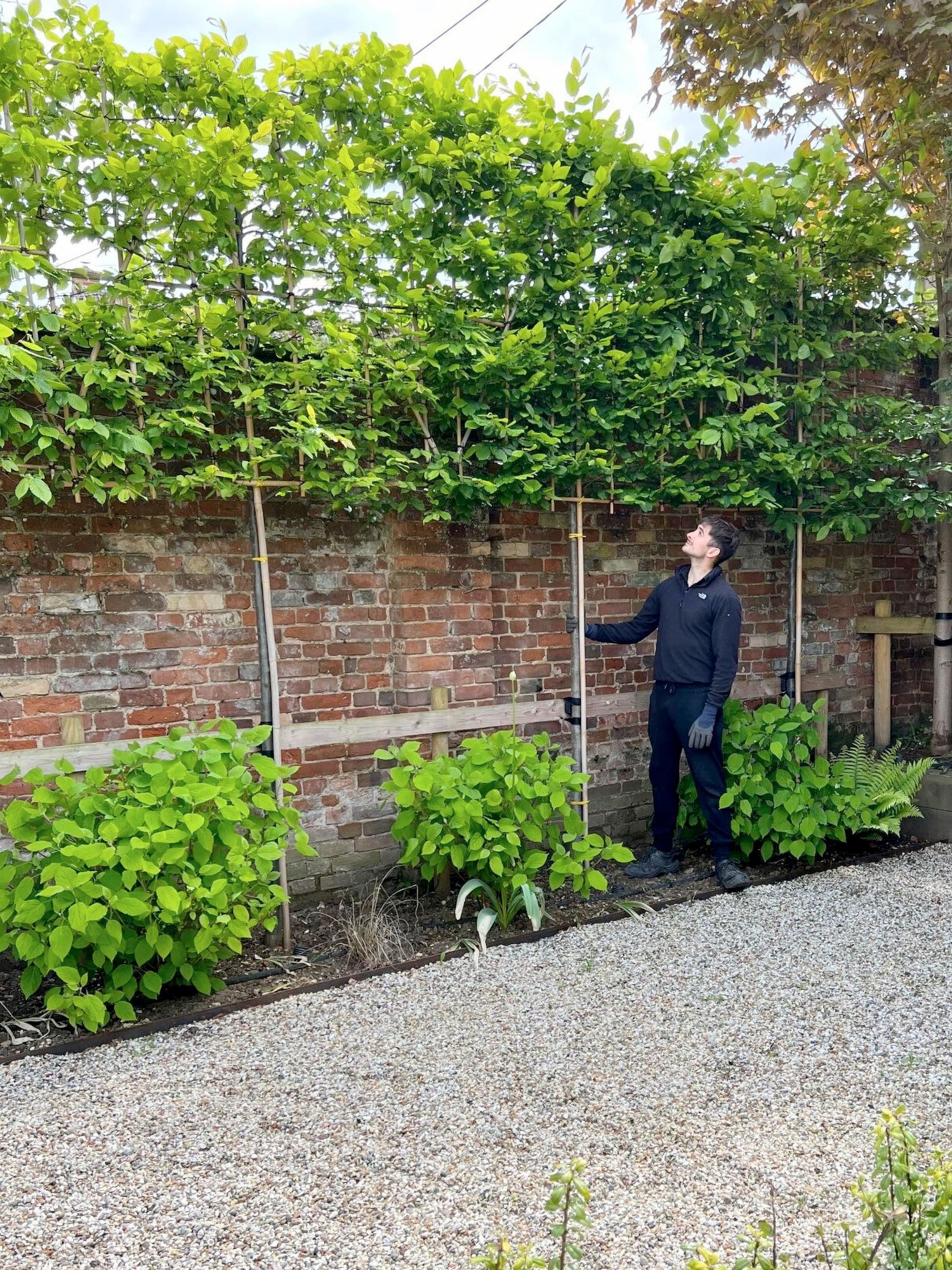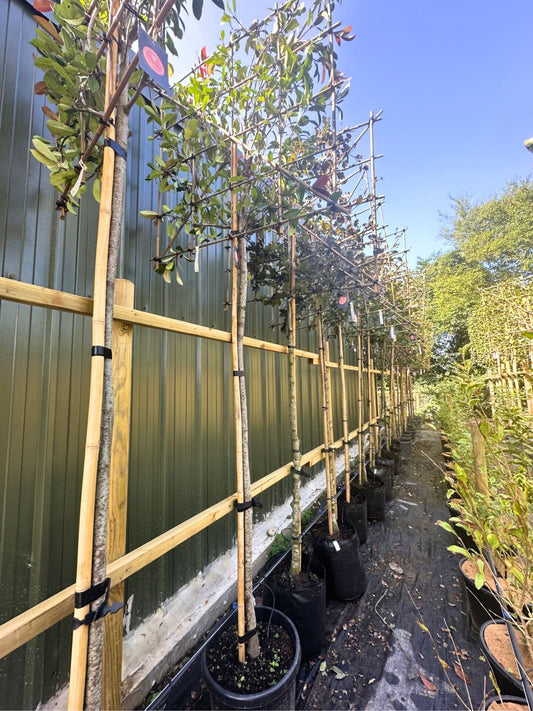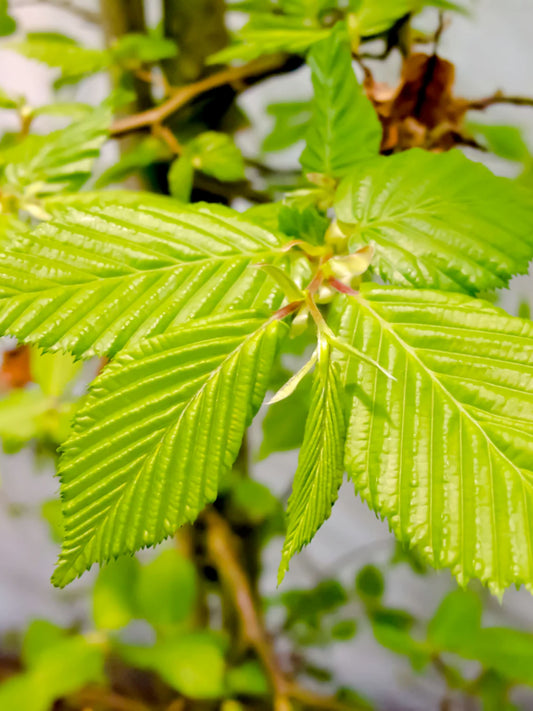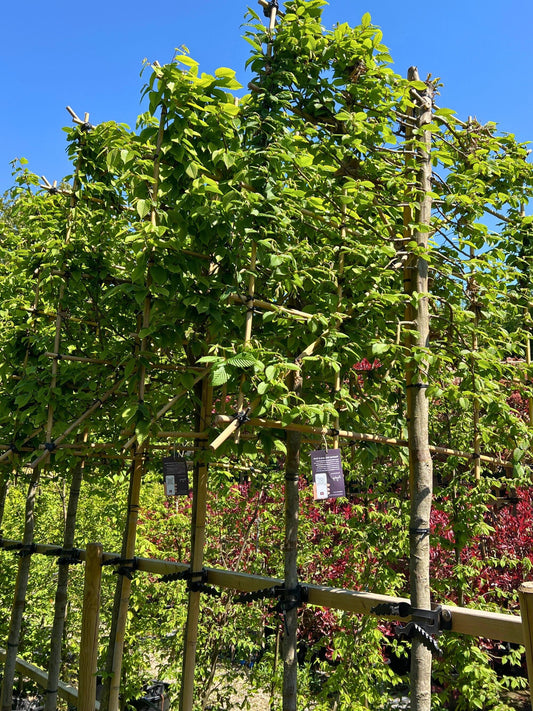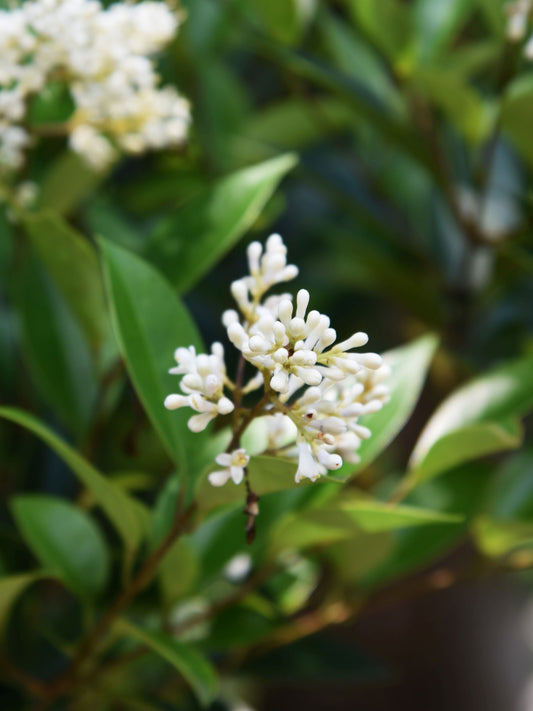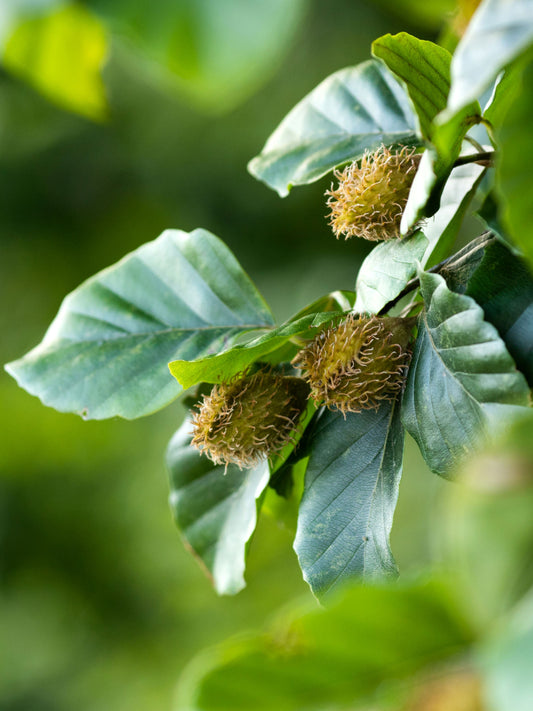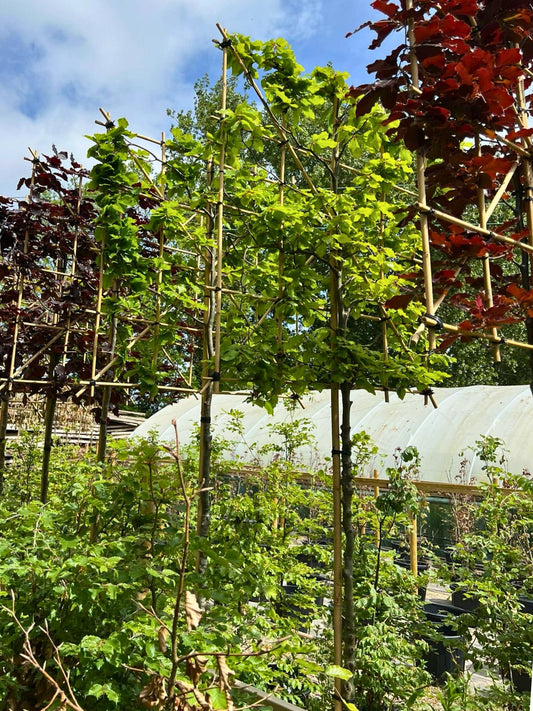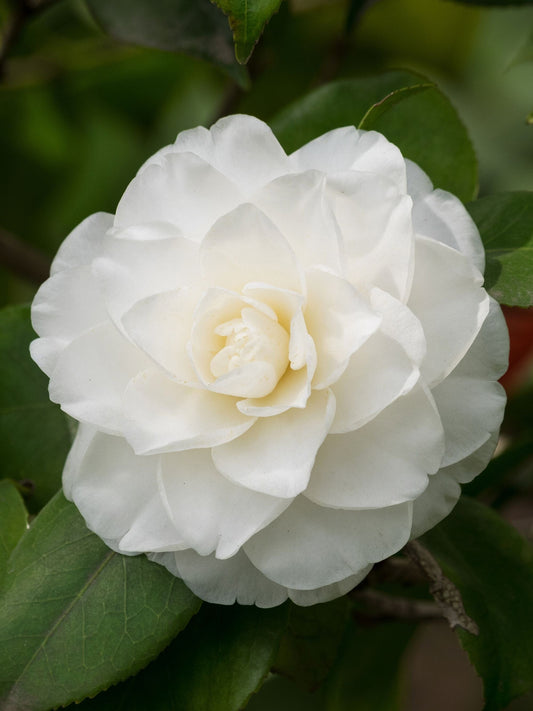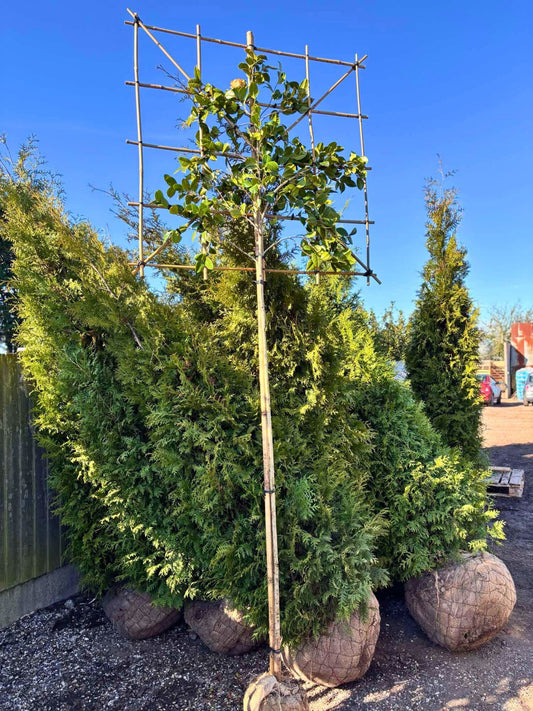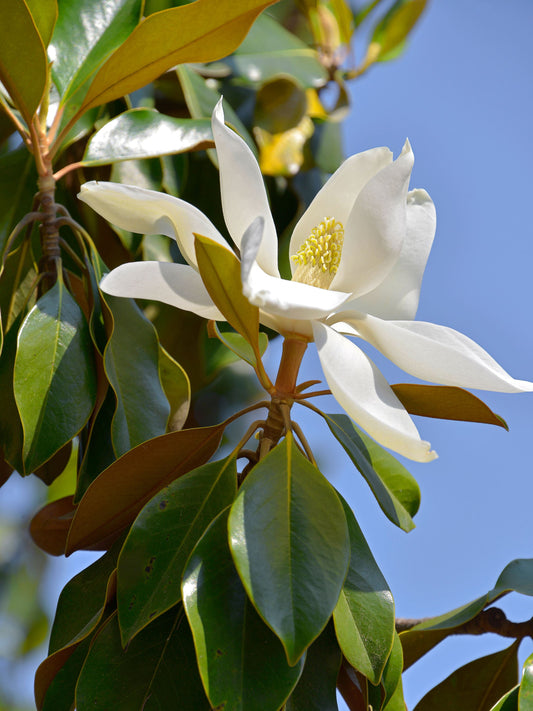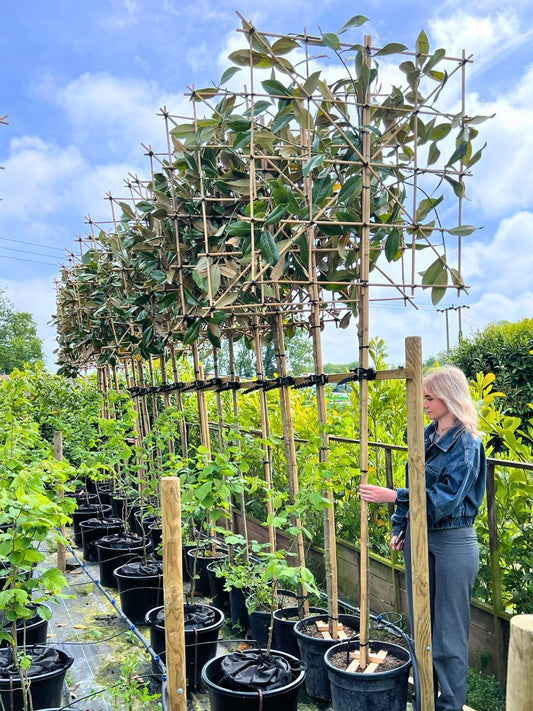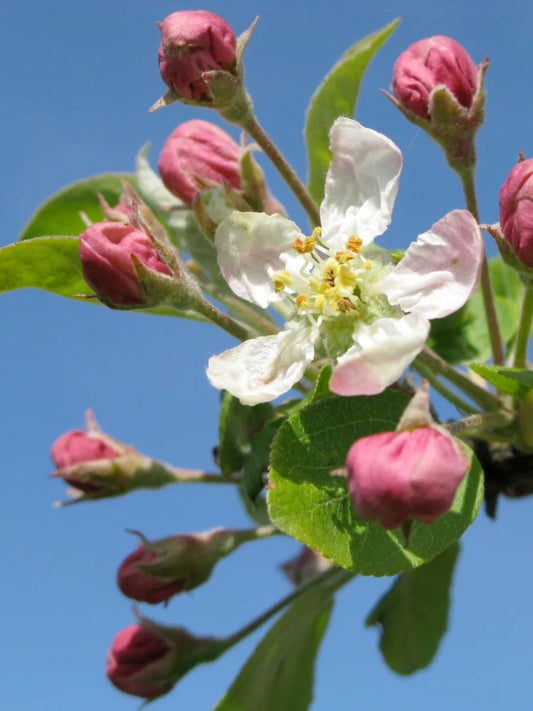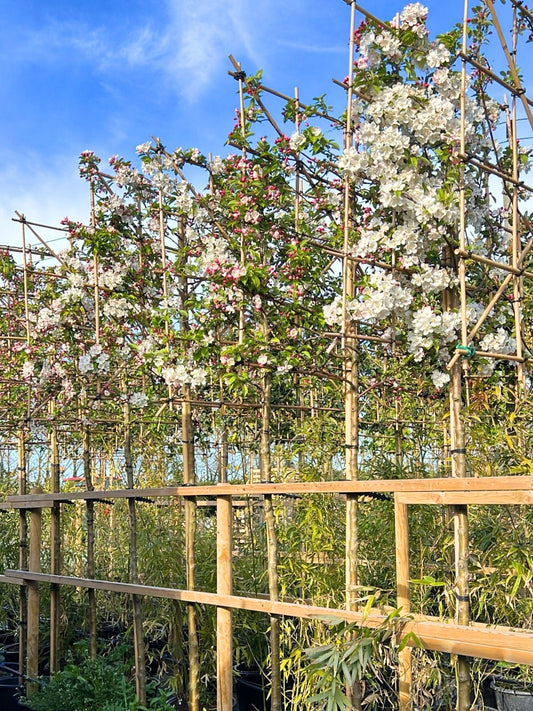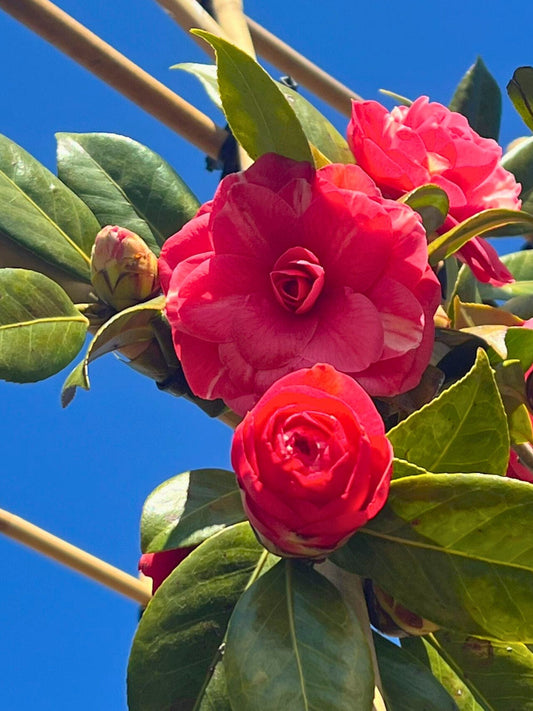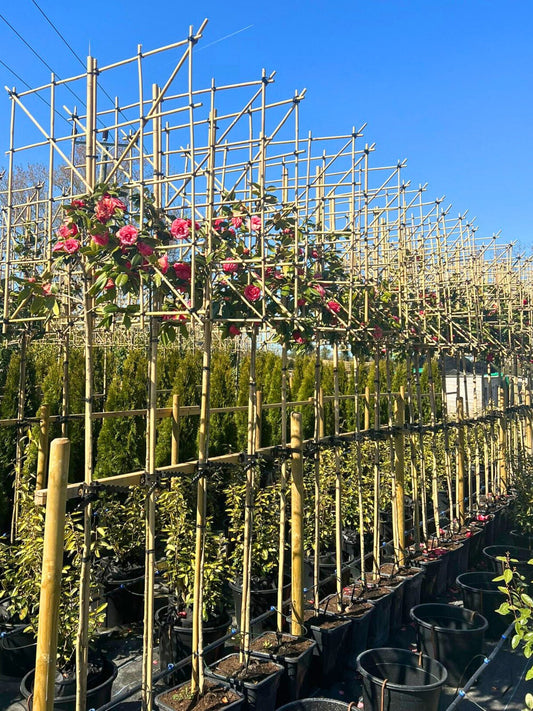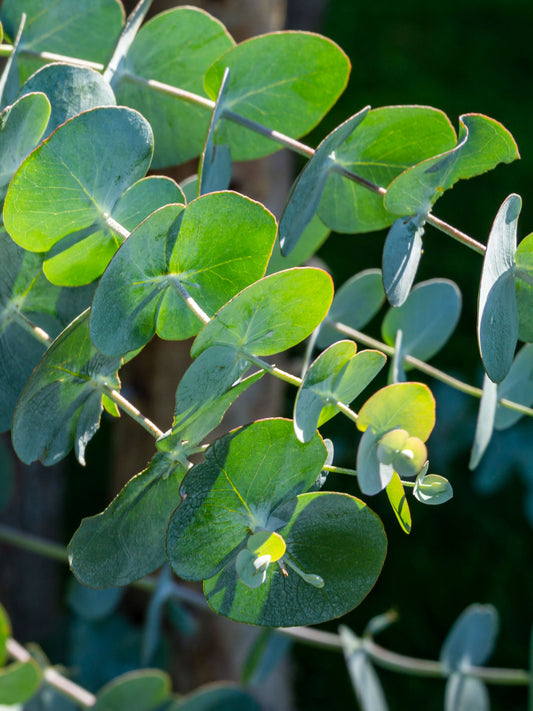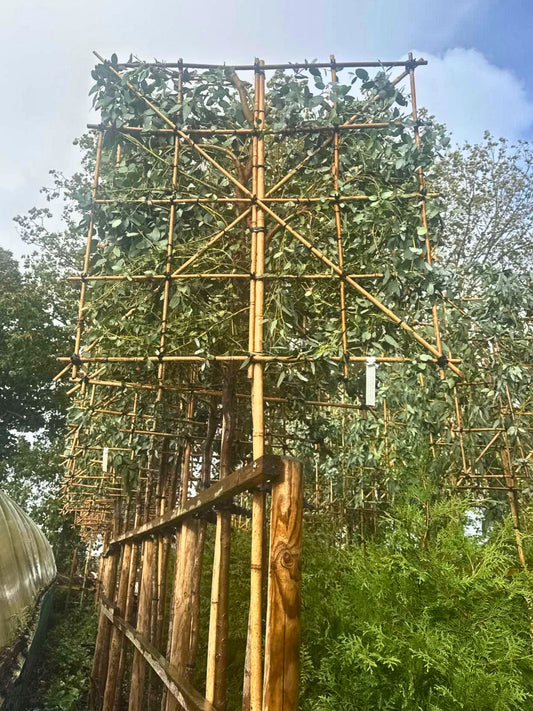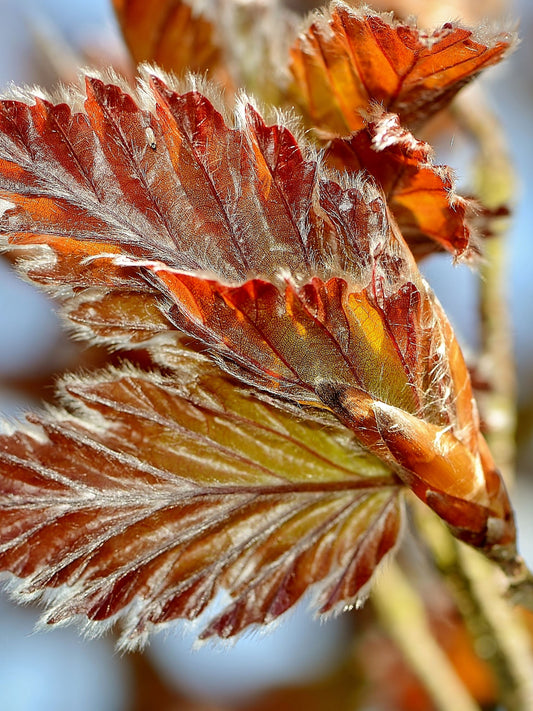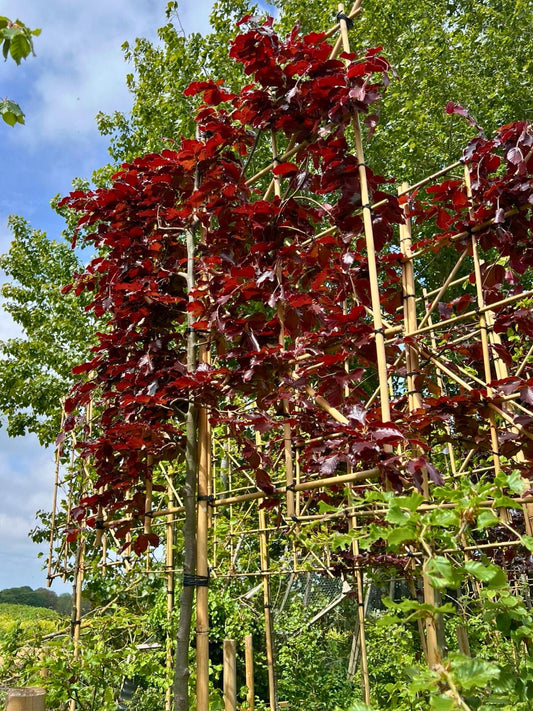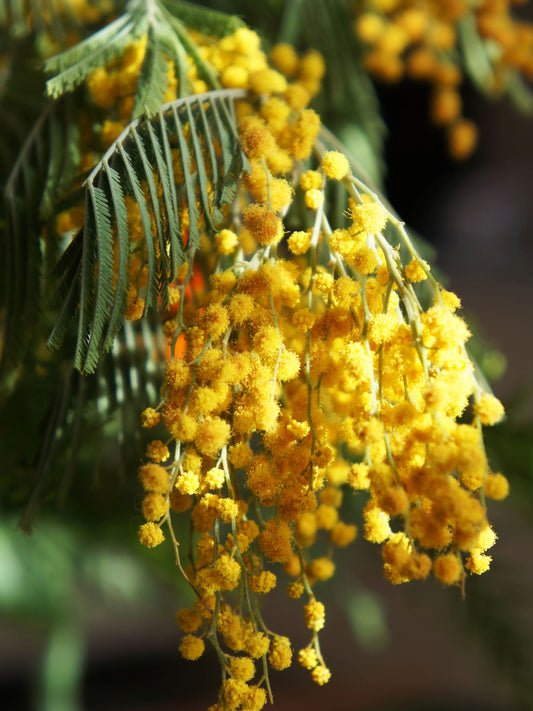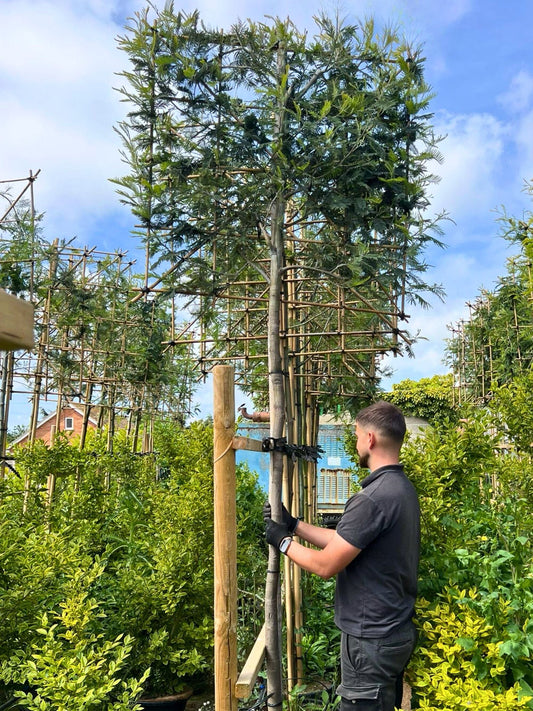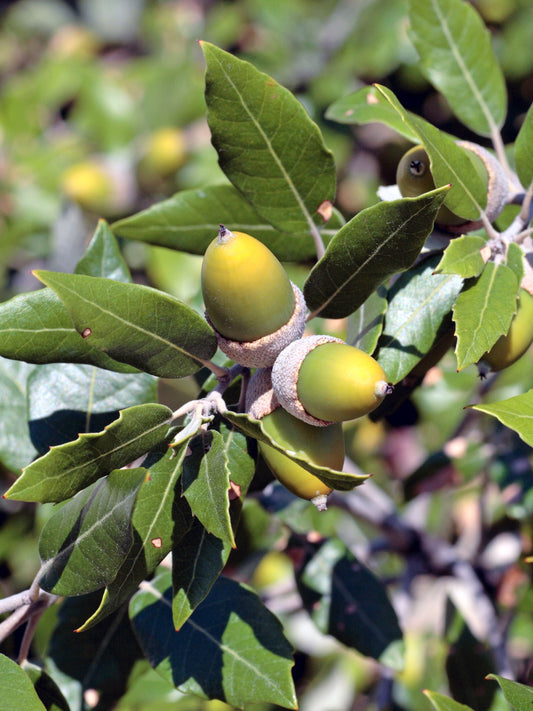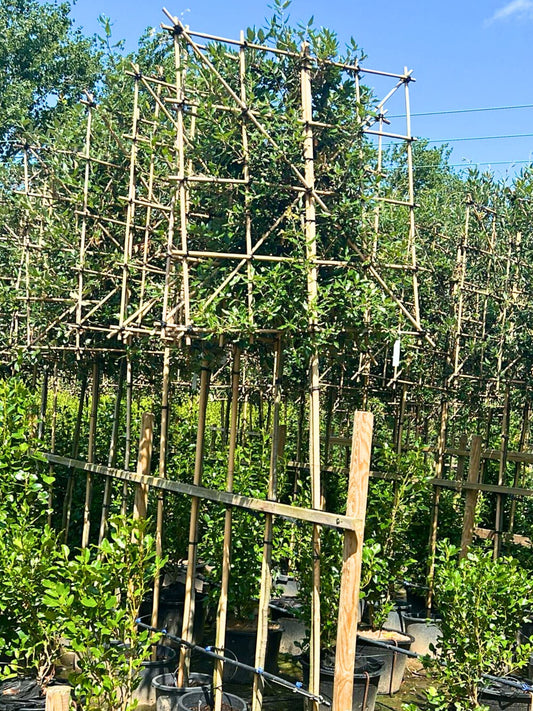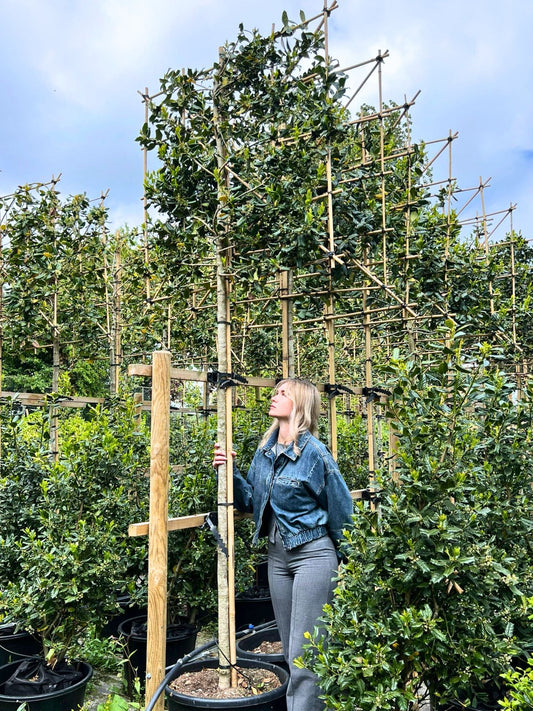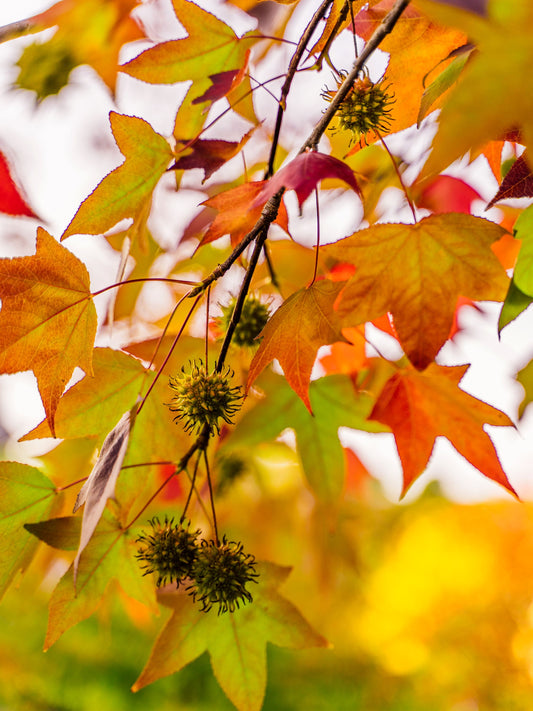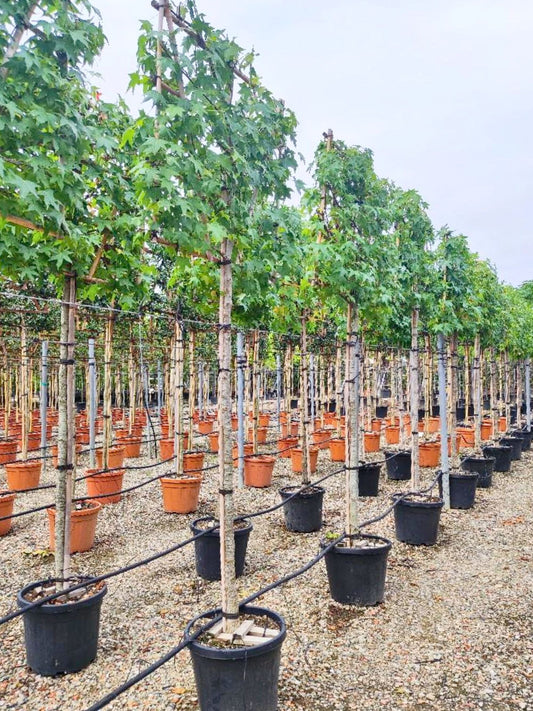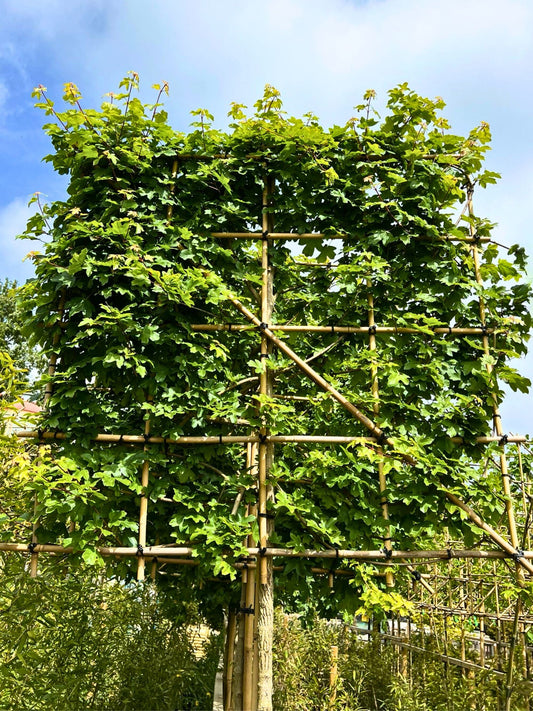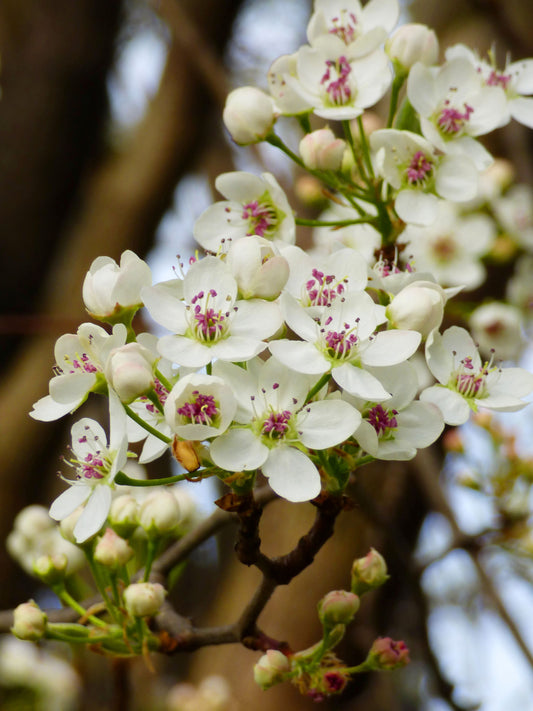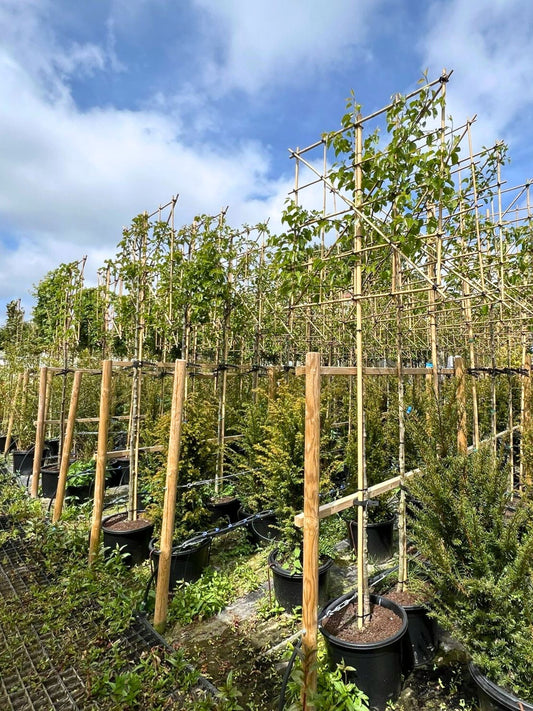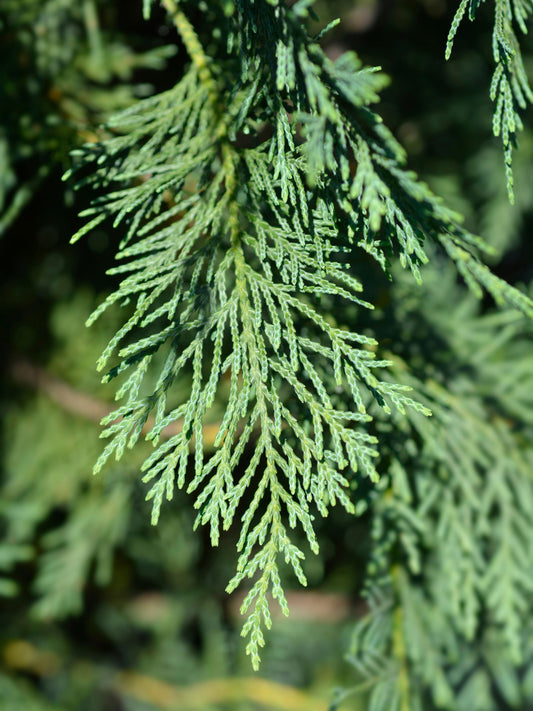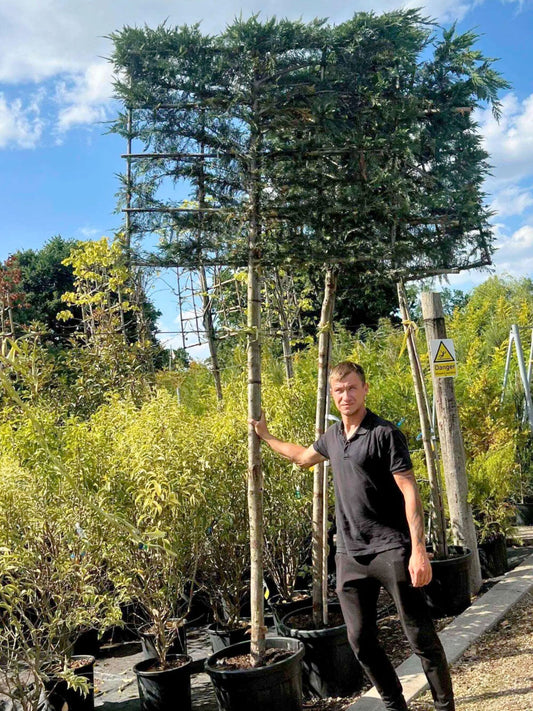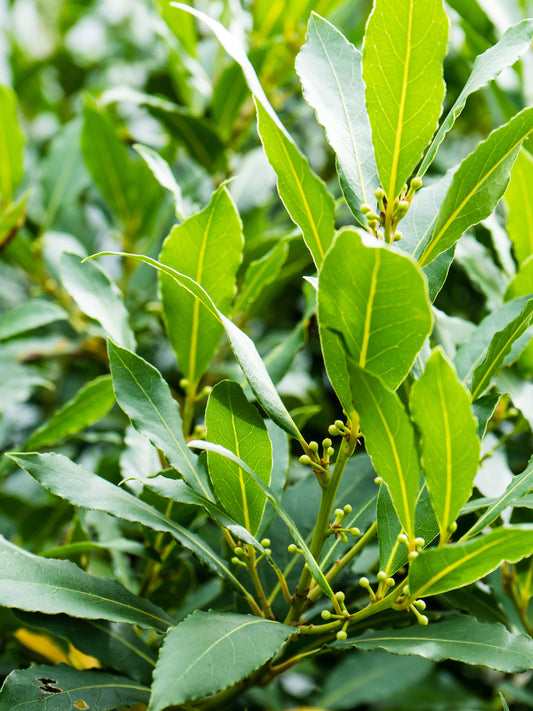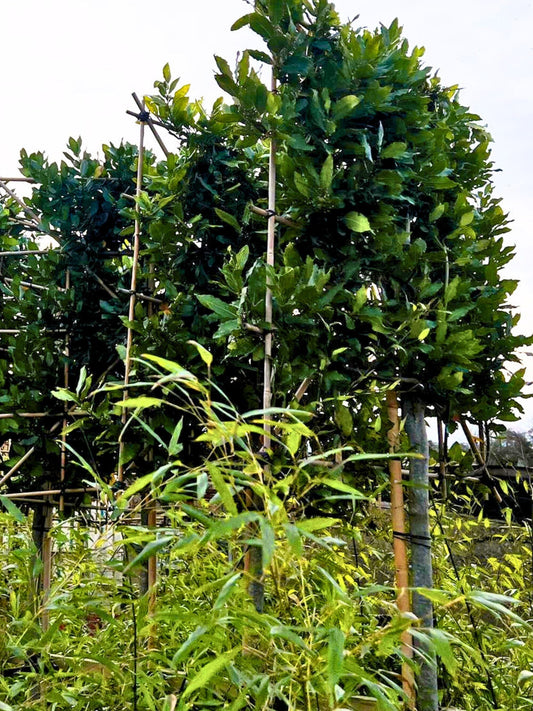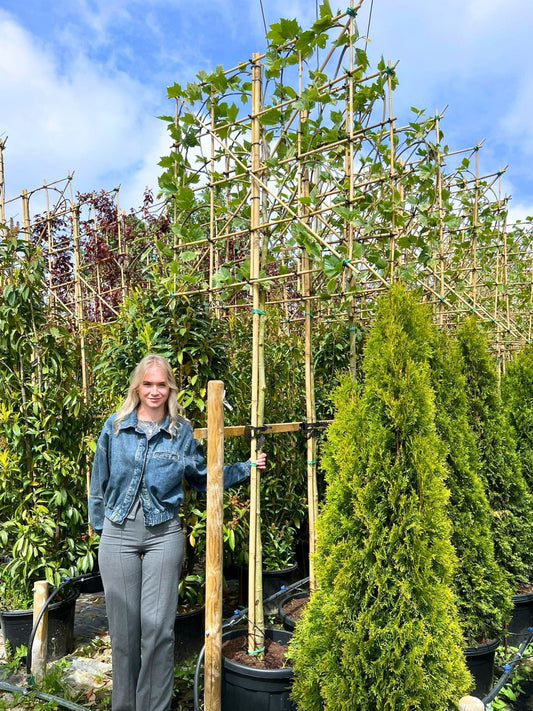
Care Guide: How to Keep Your Pleached Trees Healthy and Vibrant
These elegant trees add a touch of sophistication to any garden, and with the right care, they can thrive for years to come. In this guide, we will explore essential practices to keep your pleached trees healthy and vibrant. It is important to maintain regular observations for drooping leaves, discoloration, dry soil, harsh weather conditions, diseases, and pests. Adjust watering accordingly, and address any issues promptly.
Preparation is Key
At Just Pleachy, we pride ourselves on providing high quality and great-value pleached trees for our customers. This care guide is designed to assist you in maintaining your trees from delivery and throughout the crucial initial 2 years until they are fully established. Although potted trees can stay in their containers for short time after delivery, keep the soil damp and plant them promptly to avoid potential root damage. To prepare for planting pleached trees, it is best to have a clear, flat, well-draining border that is free of weeds. If your garden is on a slope, try to level it as much as possible beforehand.
Soil and Fertilising
Soil preparation and fertilisation is essential to provide your pleached trees with the necessary nutrients for vibrant growth. Firm the soil when planting to prevent air pockets, which can be harmful during colder weather. Add fertiliser to provide additional nutrients. Being mindful not to over-fertilise. Mulch the soil to prevent weed growth and reduce water loss. Keep area free from weeds or grass for at least 2 years.
Planting and Staking Pleached Trees
When planting we recommend staking your pleached trees with ideally a double stake kit. Staking trees helps ensure they grow straight and strong, especially during their early stages. It provides support against wind and other elements, promoting healthier growth and preventing potential damage.
View our full Planting Guide and Staking Guide
Watering Pleached Trees
Watering plays a crucial role in the well-being of your pleached trees, especially during their establishment phase. Keep the soil moist but not waterlogged. Young pleached trees and those in containers require more frequent watering, especially in during hot, dry spells. Ensure you tailor your watering routine to the specific requirements of your species of tree and environment. Focus on watering until the roots are well established, which may take up to 2 years.
View our full Watering Guide
Pruning Pleached Trees
Regular pruning is a fundamental aspect of pleached tree care. It not only maintains the desired shape and structure but also promotes healthy growth.
View our full Pruning Guide
Maintaining the Pleach Frame and Monitoring Training Ties
For the majority of our trees, the pleach frame is crafted by the nursery team here in the UK, using bamboo canes and black zip/cable ties. The trees are also attached to the pleach frame using small black zip/cable ties. This combination creates a durable, waterproof, yet natural-looking structure that serves as a skeleton as the tree is trained to the frame.
The lifespan of the bamboo pleach frames can vary depending on the environmental conditions they are exposed to. Generally, a well-maintained bamboo pleach frame can last anywhere from 5 to 10 years. As the bamboo frame naturally starts to deteriorate over time, you have a couple of options for maintenance: you can either remove the frame if the trees have matured enough to hold their shape independently, or you can replace sections with new bamboo. Replacement bamboo is readily available at local garden centres, making it easy to maintain your pleached trees.
As your tree matures, please ensure that any overly tight training ties are removed or replaced as necessary to prevent them from cutting into the tree’s trunk or branches.
Your tree's branches will start to thicken, and sometimes the new foliage gets trapped under older ties too. Simply snip off any overly tight training ties. You might find the branches are already holding their shape, or you may need to replace the ties to keep the structure. You can replace them with looser ties, or switch to something softer like rubber or elastic as the tree matures. We don’t recommend metal wire, as it can damage the branches over time. And don’t forget to check the ties on the central bamboo cane while you’re at it. For the first couple of growing seasons, you’ll need to tie in the branches at regular intervals to help them follow the frame. Just make sure nothing is digging in or causing damage.
Monitor Trees for Common Problems
Noticed something unusual with your tree, like brown leaves? It can be frustrating when plants don’t seem to be thriving. Common issues include yellow or brown leaves, but don’t worry, many of these problems can be resolved with a bit of care, and they don’t necessarily mean you’ll lose the plant. Often, environmental factors such as watering, drainage, and wind are to blame. Let’s explore some common problems and discover how you can help your tree flourish!
View our full Help Guide

